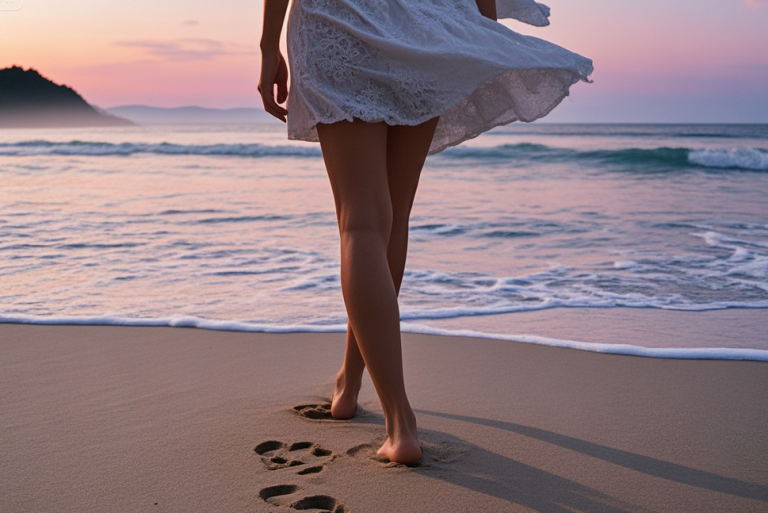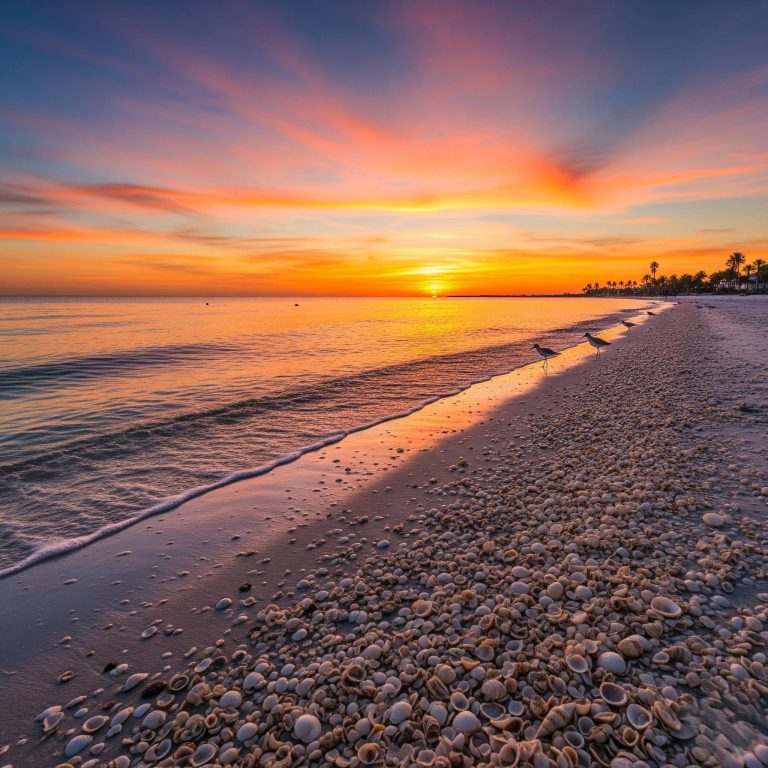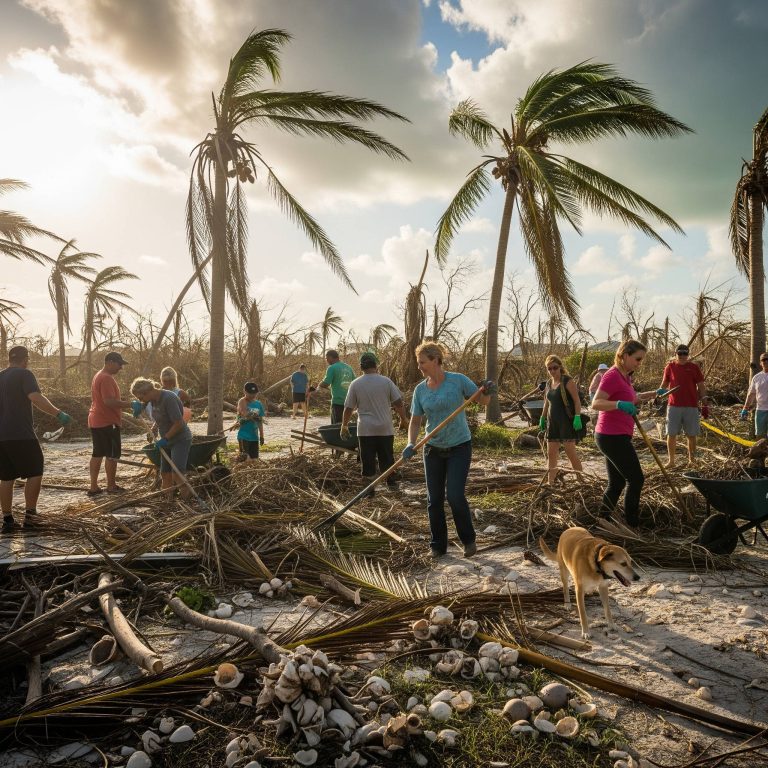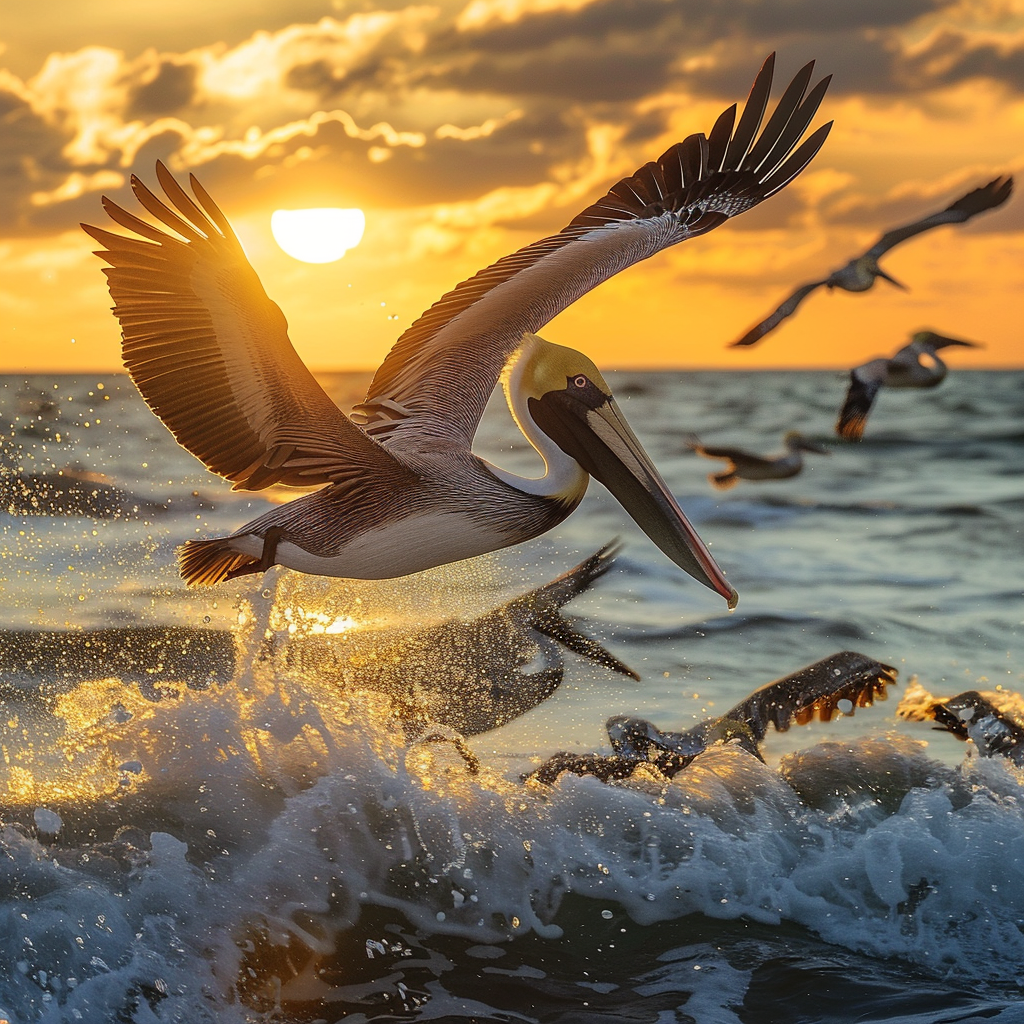
“Sanibel’s pelicans are amazing hunters. Here’s how they work together…“
Pelicans are nature’s “teamwork masters”, according to biologist Samuels. “Their coordinated hunting tactics are remarkable.” Watching them dive into the waves, it’s as if they’re choreographed, each pelican knowing its part in the dance. But there’s more to these birds than meets the eye.
Picture them soaring effortlessly above the shoreline, wings stretched wide. These birds are built for survival, from their iconic beak pouches to their ability to glide for miles without flapping. Whether you’re a curious explorer or a seasoned birdwatcher, uncover the hidden world of Sanibel’s pelicans—it’s nothing short of amazing!
Did You Know?
Fun Pelican Facts
Did you know a pelican’s beak can hold up to three gallons of water? Or that these majestic birds have been around for over 30 million years? Get to know the quirky and amazing side of pelicans with these cool facts:
- A pelican can dive from heights of up to 60 feet to catch fish!
- Despite their size, pelicans are incredibly light because their bones are filled with air.
- Pelicans are skilled in cooperative hunting, often working together to herd fish into shallow waters.
pelicans on Sanibel Island
Let’s dive into the fascinating world of pelicans on Sanibel Island. 🌴
- Brown Pelican (Pelecanus occidentalis)
- American White Pelican (Pelecanus erythrorrhynchos)
1. Brown Pelican (Pelecanus occidentalis):
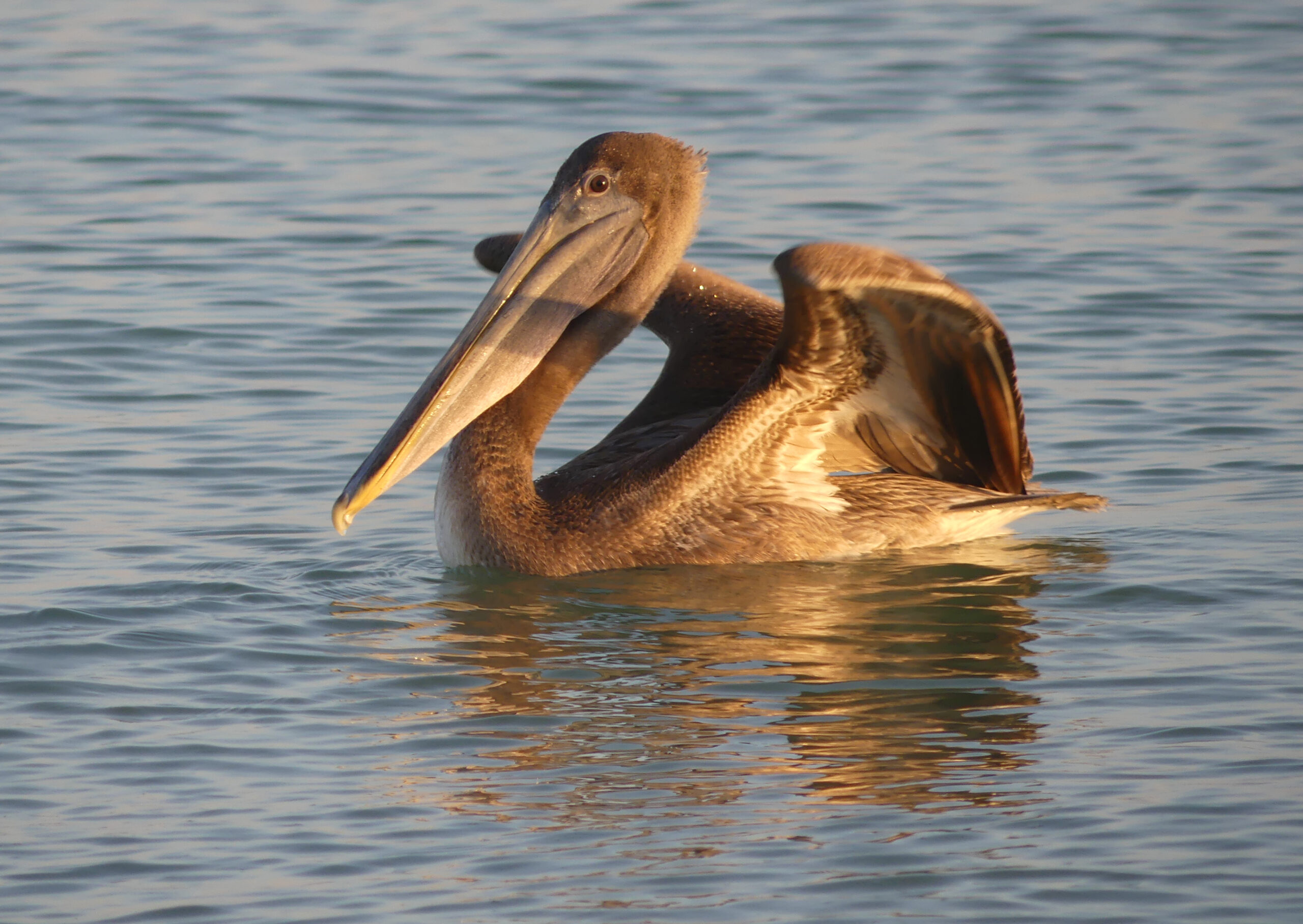
Credit : Simon (celery) Marshall
- Appearance: The brown pelican is the most widely recognized coastal bird on Sanibel Island. It has a distinctive appearance with a long bill, a large throat pouch, and a stocky body.
Adults have dark brown plumage overall, while juveniles are mottled with white and brown.
Their wingspan ranges from **6 to 7.5 feet (1.8 to 2.3 meters). - Habitat and Behavior: Brown pelicans are year-round residents of Sanibel Island.
They primarily feed on fish, diving from heights of **20 to 60 feet (6 to 18 meters) into the water to catch their prey.
Their pouch can hold almost three gallons of water, which they use to scoop up minnows and saltwater.
Nesting occurs in large colonies on remote, uninhabited mangrove islands.
Threats include water quality issues, coastal development, and pesticides. - Fun Fact: Brown pelicans were once near extinction due to pesticide use (such as DDT) affecting their eggshell thickness. Thankfully, conservation efforts have helped them rebound.
2. American White Pelican (Pelecanus erythrorrhynchos):
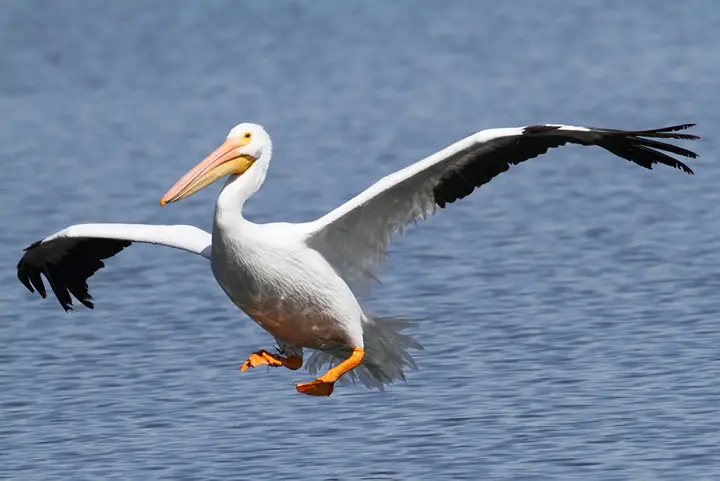
Credit : billhubick.com
- Appearance: The American white pelican is less common on Sanibel Island and is usually seen during the winter months.
It has a striking white plumage, black wingtips, and a massive wingspan.
Adults weigh around 10 to 20 pounds (4.5 to 9 kilograms). - Habitat and Behavior: These pelicans prefer freshwater habitats such as lakes, rivers, and estuaries.
Unlike brown pelicans, they do not dive for fish. Instead, they swim on the water surface and scoop up prey with their bills.
During the breeding season, they form colonies on islands. - Fun Fact: American white pelicans are known for their synchronized group fishing behavior, where they work together to corral fish into shallow areas for easy feeding.
Interactive Poll
Spot the Pelican Interactive Poll
Let’s have some fun with a quick pelican-themed quiz. Here are three simple multiple-choice questions:
Conclusion🧐
🌅 Want to see more pelicans in action?
Click [HERE] for an exclusive virtual pelican birdwatching tour of Sanibel’s shores!

Credit : sanlib.org
Thank you for exploring the amazing world of Sanibel’s pelicans! It’s been a delightful journey filled with fun facts and interesting trivia.
Don’t forget to share your own pelican moments using the hashtag #SanibelPelicans! Your photos might just end up in the next AI-generated video! 📸✨
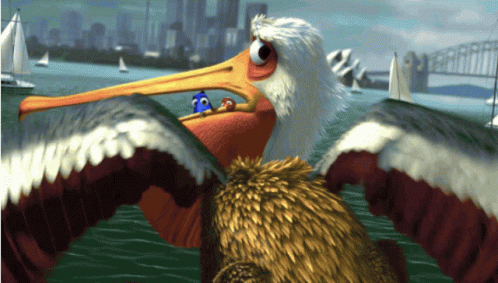
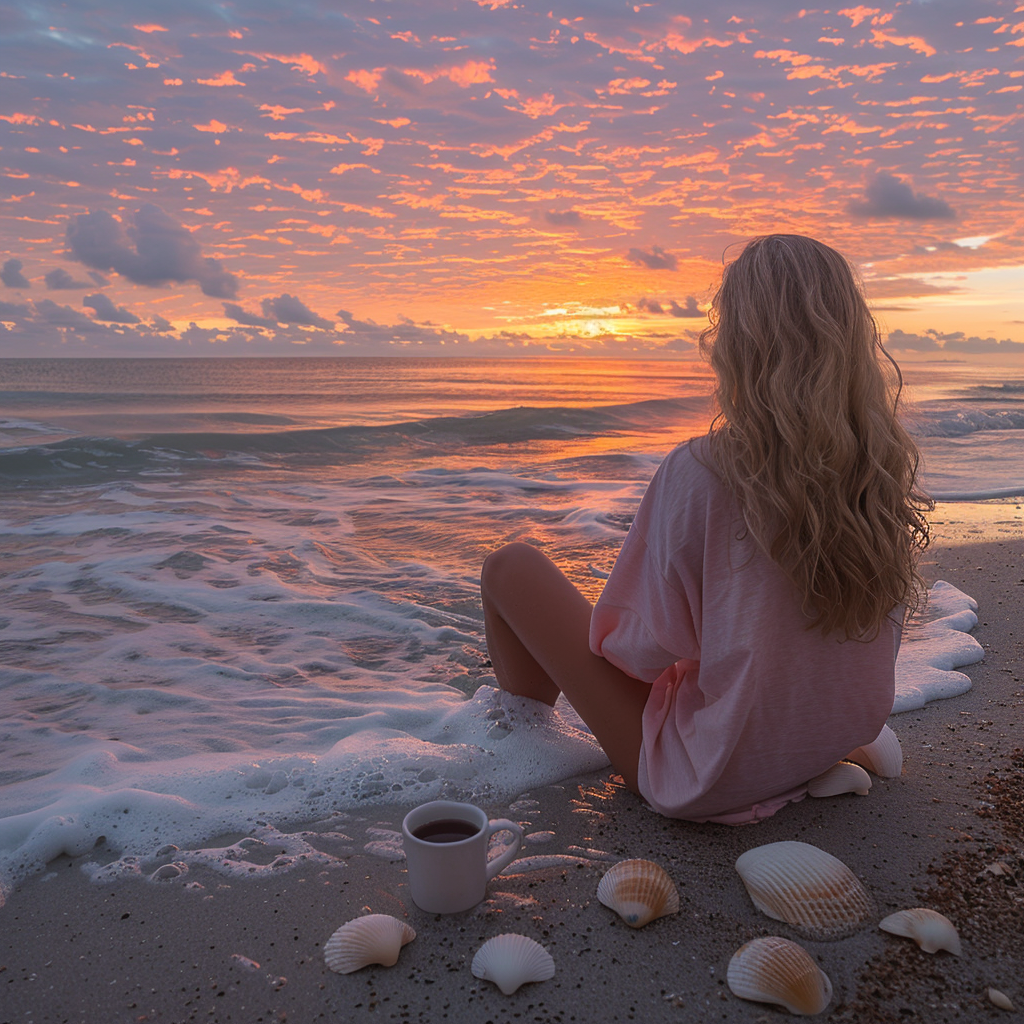
I’m Ayla Wolesky, and I’ve spent years exploring every corner of Sanibel Island. From its pristine beaches to the hidden gems only locals know about, I’m passionate about sharing everything this beautiful island has to offer. Whether it’s the best spots for shelling, the wildlife that makes Sanibel so special, or where to enjoy a perfect sunset, I’ve got you covered. My goal is to provide insider tips and up-to-date information that will help you experience Sanibel Island like never before.


